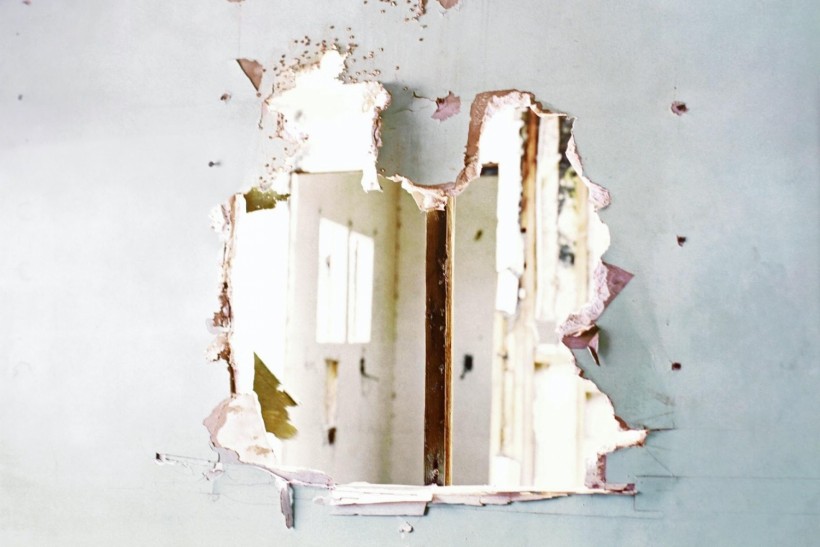
(Photo : How to Fix Damage Done to Your Drywall )
One of the parts of your home that experiences frequent damage is the drywall. Drywall can be damaged if something slams into the wall, if you hang something too heavy on the wall, or due to shifts in the soil beneath your home. Fortunately, small to medium repairs are something that the average homeowner can complete themselves. Here are some tips on how to repair common types of drywall damage.
Filling Drywall Dents
A dent that is present in drywall is relatively easy to fill in. The first thing you will want to do is to clean off the edges, removing any debris or leftover drywall pieces. From there, you should sand down the dent. This helps the filling compound to adhere to the indention. From there, dip a joint knife into the joint compound and slowly fill in the indentation that is present. Place the knife at a 90 degree angle and gently pull it across the dent as you are filling it in so that you smooth the surface and level it out. As the compound dries, it may shrink, so you may need to repeat the process until the dent is completely filled in. Once the compound is dry, sand away any uneven edges so it is flush with the rest of the wall. It can then be painted to blend in with your wall.
Patching Small Holes
One of the most common reasons homeowners ask how to repair drywall is because they have a small hole in the drywall. If you have a hole that is about one to five inches, follow these directions to repair the hole. Start by clearing away rough edges and particles of the drywall. Once the area is smooth, install a metal drywall patch over the hole. Metal drywall patches have an adhesive sticker on the back of them, so they simply stick to the wall surrounding the hole.
Once the patch is in place, apply joint compound over the patch, dragging and smoothing the compound as you fill in the area. Add two to three more layers after the first layer dries until the area is completely filled in. Once filled in, sand away excess compound and paint the area to match the surrounding wall.
Patching Large Holes
If the hole in your wall is five to six inches or larger, you will need to patch the area using actual drywall or sheetrock. Once again, you will start the process by clearing away any dangling pieces of sheetrock and smoothing the area as much as possible. From there, you will need to cut out a patch from a new piece of drywall or sheetrock that is about one inch in length and one inch in width wider than the size of the hole that is present on your wall. Using drywall screws, add a piece of wood blocking that runs behind the hole in the wall. Once the wood blocking is in place, put your drywall patch into place and then cut it to its proper size using a utility knife. Use drywall screws to screw it into the wood blocking for support. You can then use a joint compound to fill in cracks and gaps, creating a smooth and seamless transition around the patch to the surrounding wall. Once the compound dries, sand it down and then paint the area so that it blends.
Drywall damage can be noticeable, and as such, you will want to repair it. Here at Angi, formerly known as Angie's List, we know the homeowners take pride in their home and want to ensure it looks its best. That's why we are here to help. Whether you are looking for advice on fixing your home or you are looking to complete minor damage, such as drywall installation, yourself, we are here to help.
* This is a contributed article and this content does not necessarily represent the views of hngn.com








